1.
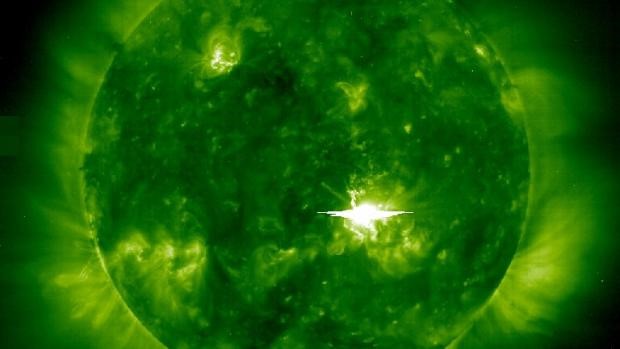
What is causing the bright flash in this ESA/NASA Solar and Heliospheric Observatory Ultraviolet image?

How much do you know about Earth and Earth-observing systems?
Take the quiz to find out.

What is causing the bright flash in this ESA/NASA Solar and Heliospheric Observatory Ultraviolet image?

This photo, taken in at Cape Point, South Africa in November 2007, captures a GAWS. What does GAWS stand for?
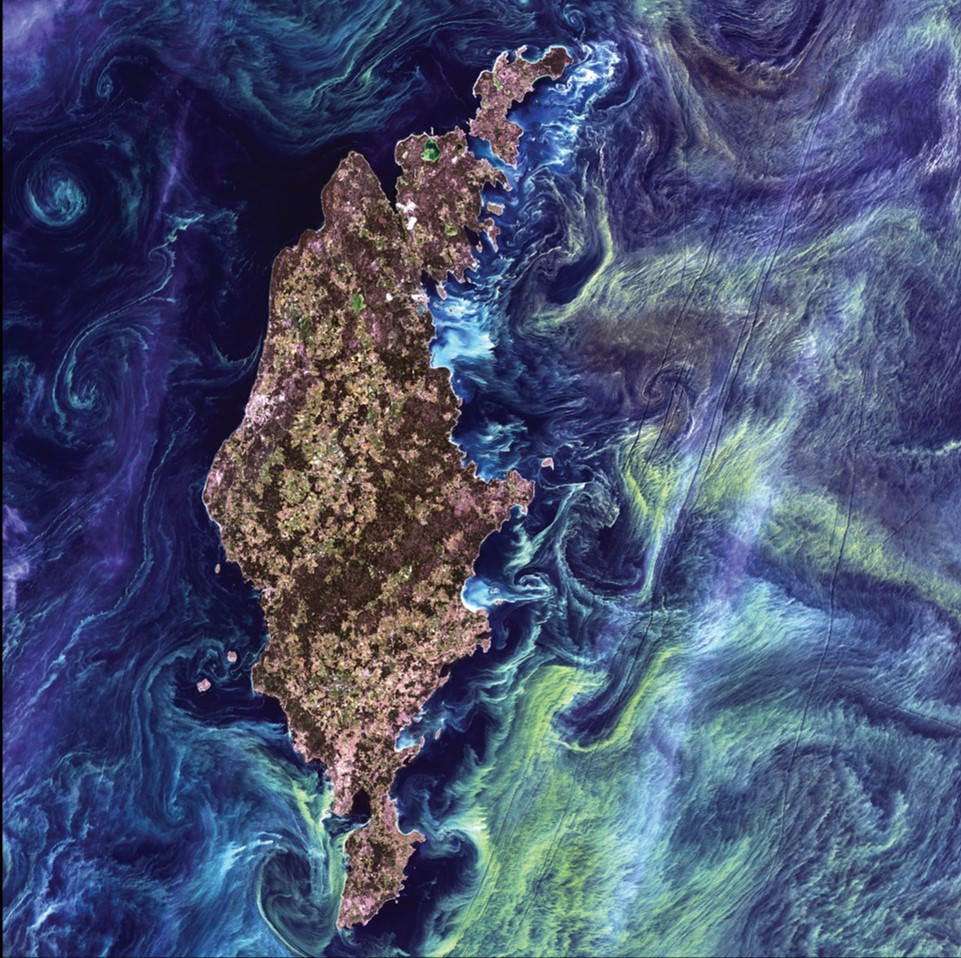
This 2005 Landsat image shows the Swedish Island of Gotland in the Baltic Sea and the waters around the island. What is depicted in the greenish waters?

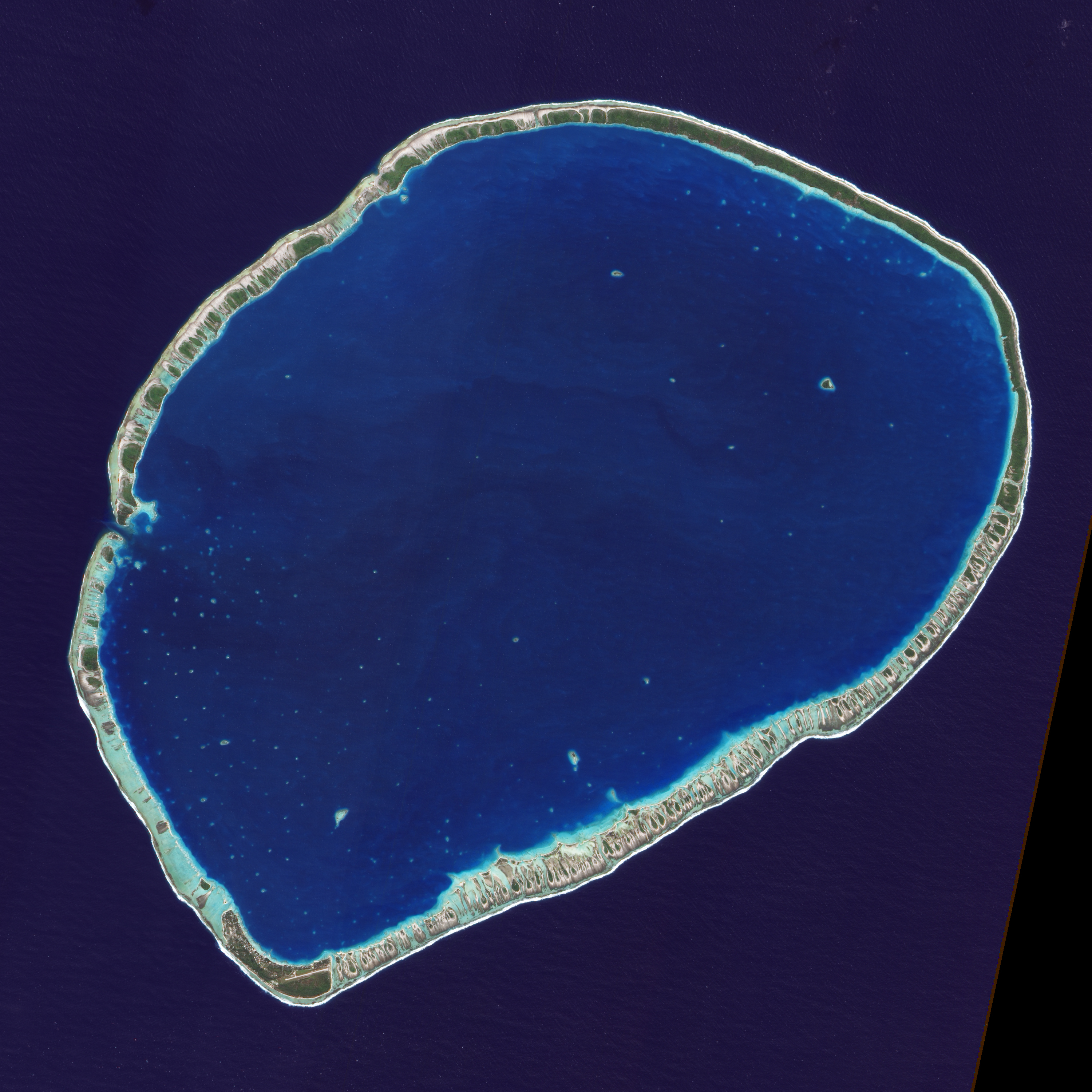
This 2009 EO-1 satellite image features Tikehau Atoll. It is one of 78 coral atolls that make up the Tuamotu Archipelago, the largest chain of atolls in the world. Where is this atoll?
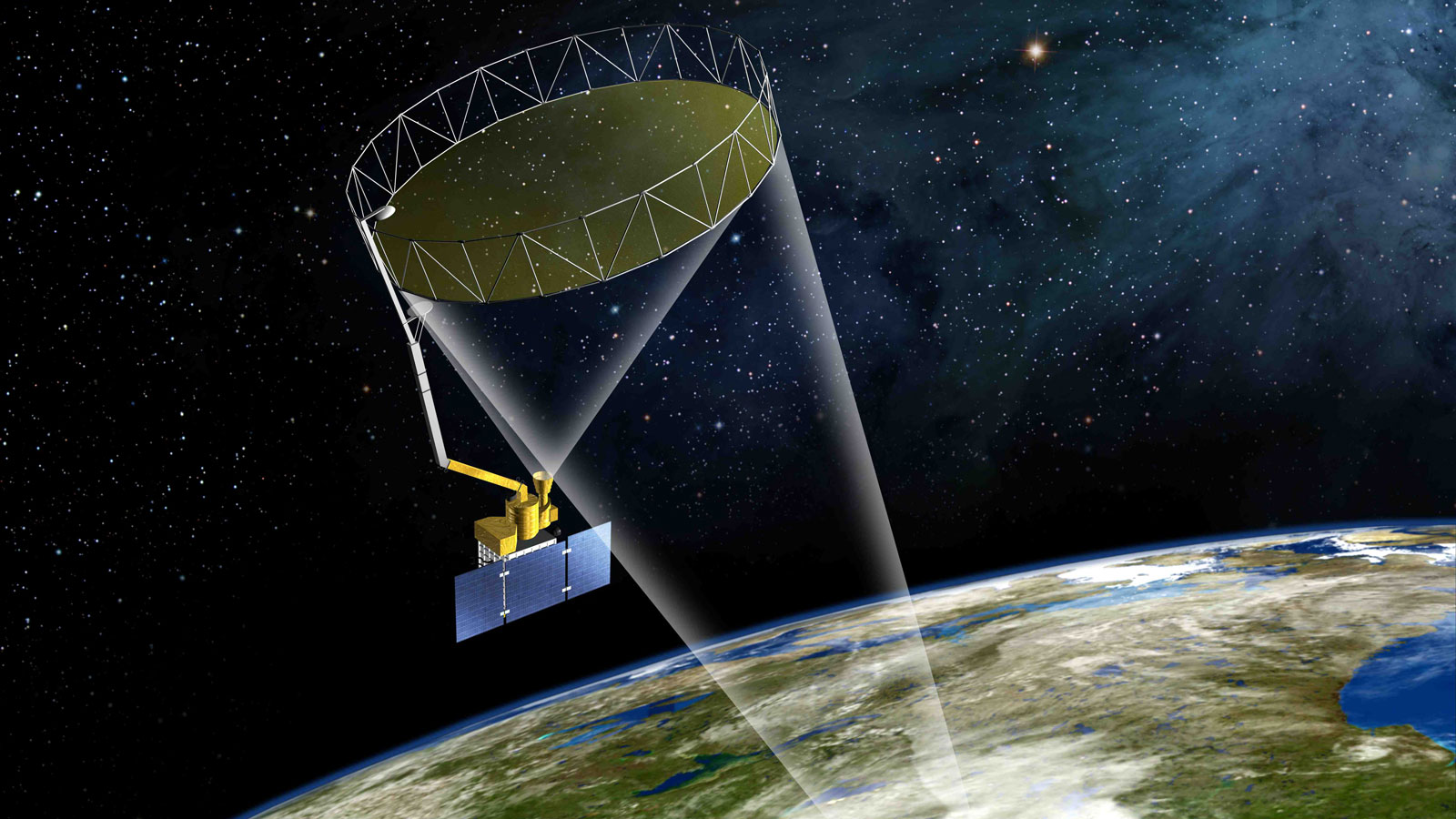
What does the acronym SMAP stand for, in NASA’s SMAP satellite mission?
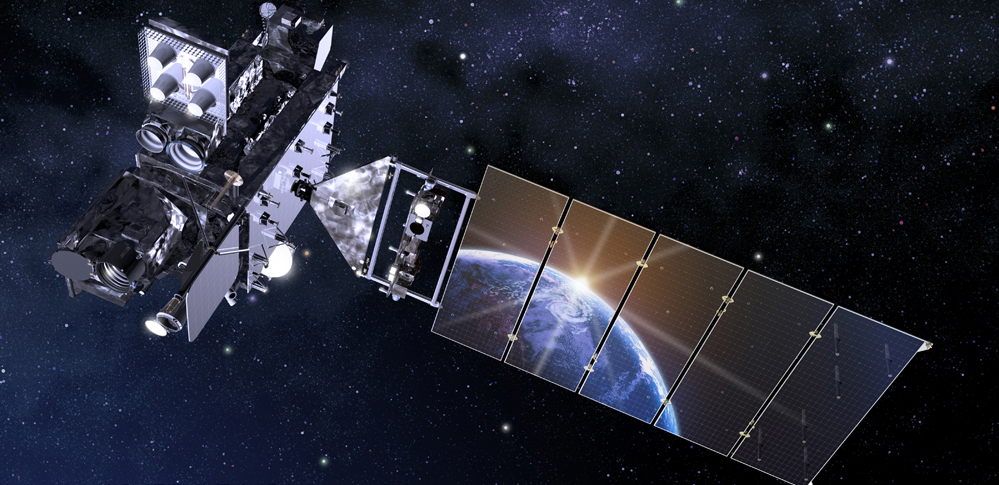
To determine the severe weather potential of a thunderstorm, which of the following describe the best way to utilize GOES-R data?

What is this ocean observing technology?
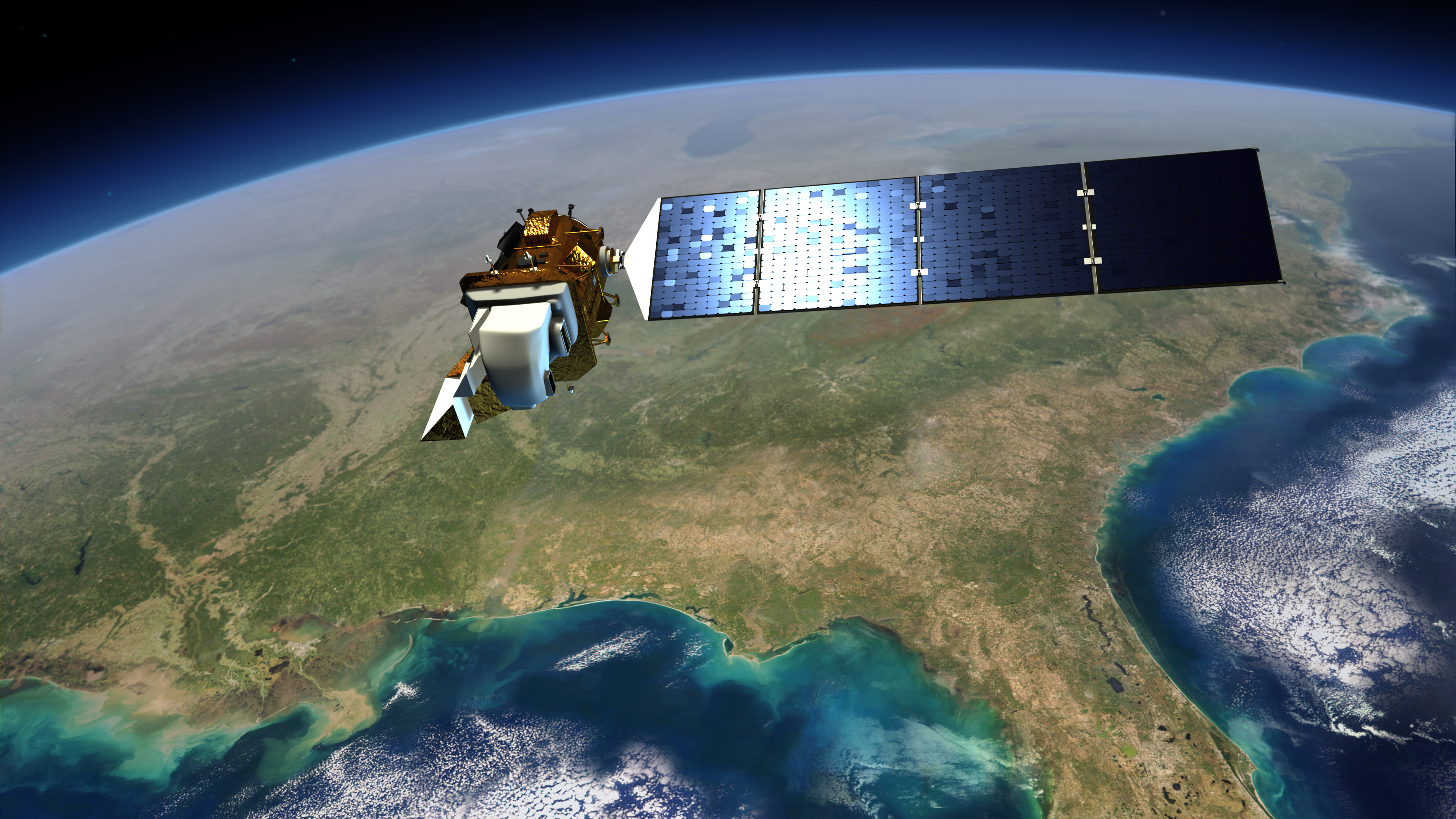
The Thematic Mapper I instrument in some of the Landsat satellites has a spatial resolution of 30m in the VIR (Visible and Infrared) bands, and of 120m in the TIR (Thermal Infrared) bands. What is the reason for this difference?

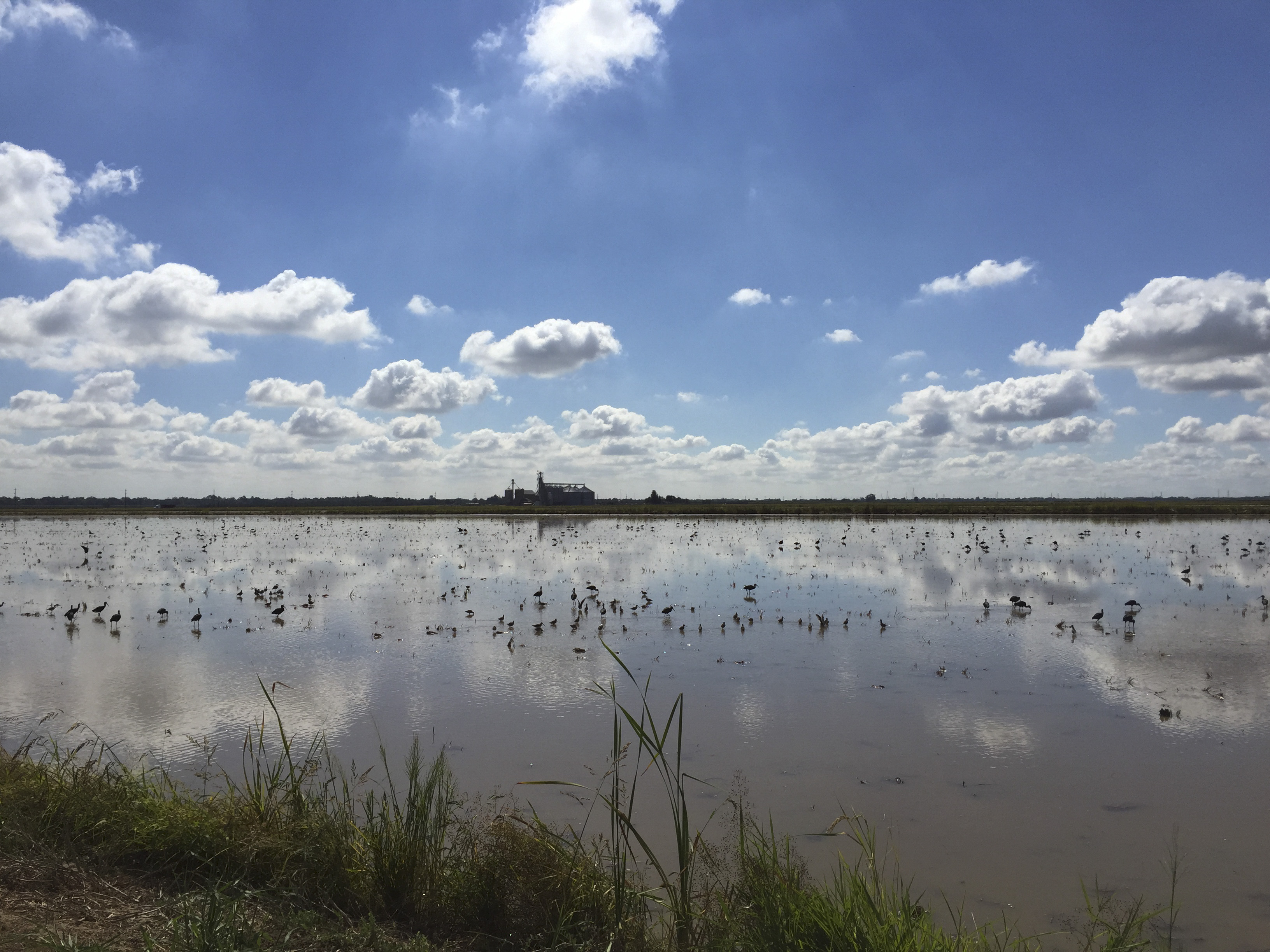
Why is it important to monitor seabird colonies?

What is the main objective of USGEO?
